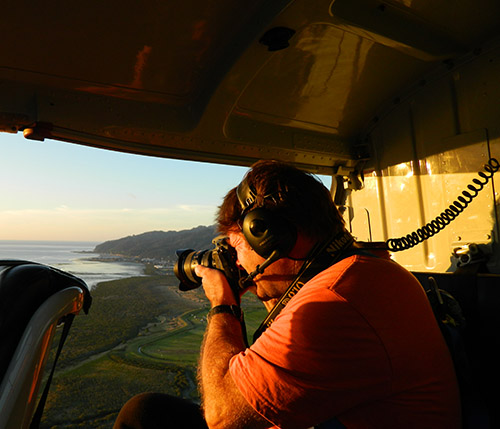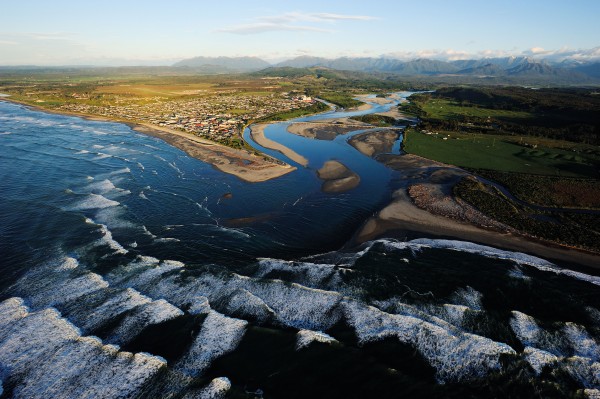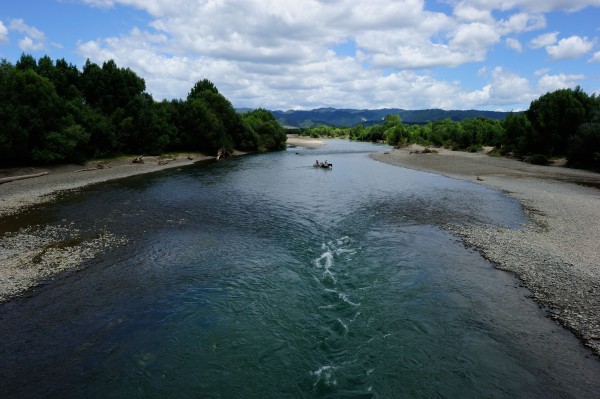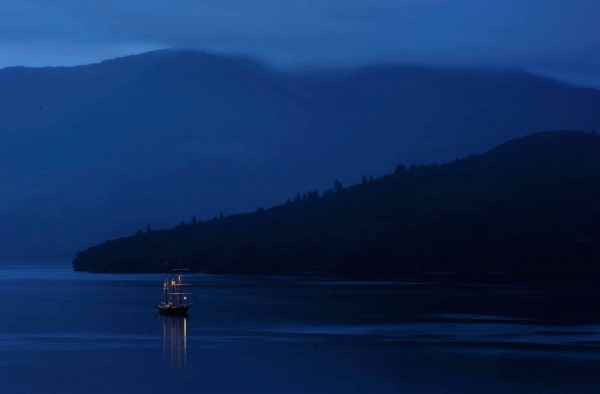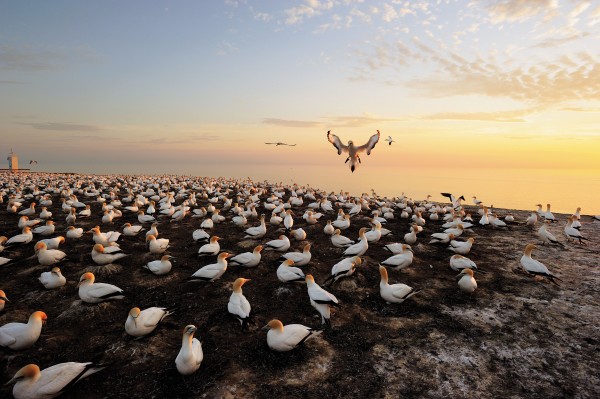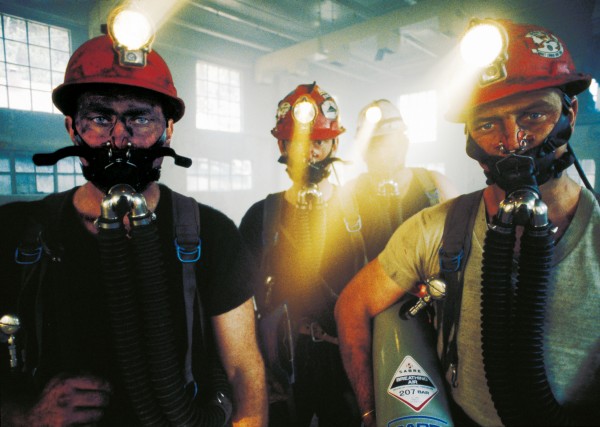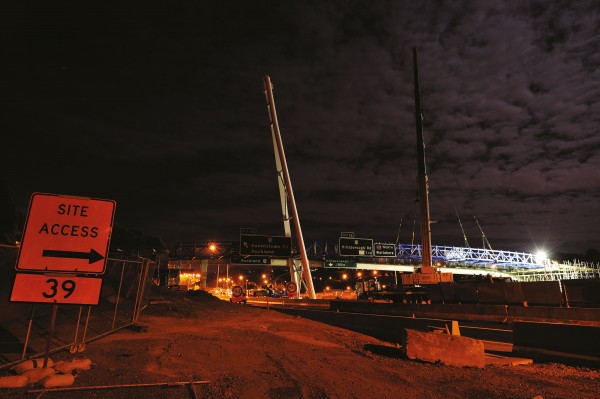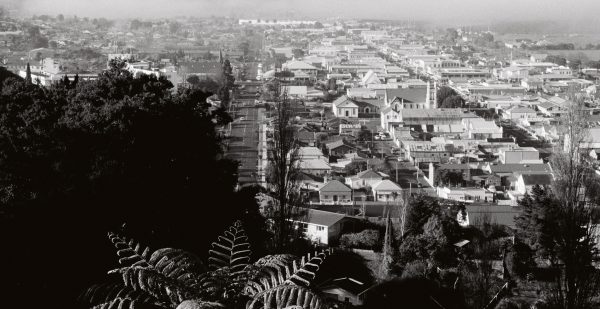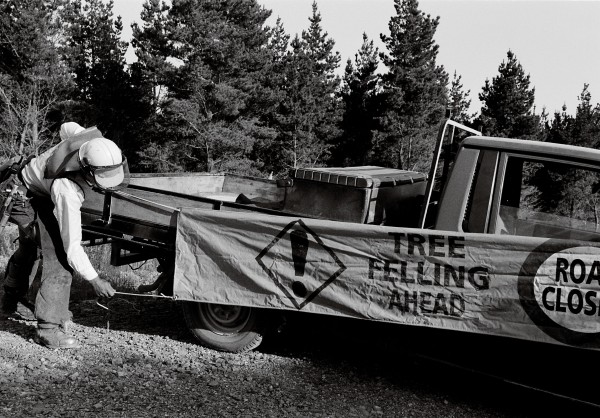Natural values
For 200 years the Hauraki Plains and Firth of Thames have been bent to the commercial interests of man. We have extracted timber, gold, peat, fish and shellfish, then tipped in millions of tonnes of sediment as our thanks. We have drained the marsh and farmed it, then intensively farmed it, returning the run-off of agriculture. Today, the region is a case study for the carrying capacity of land and sea. How resilient are our natural systems, and how much development is too much?







